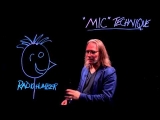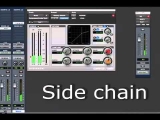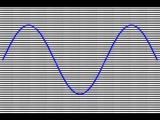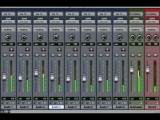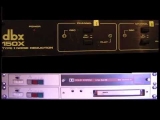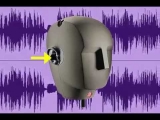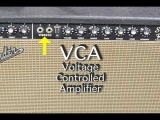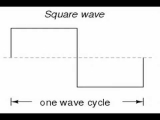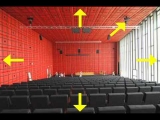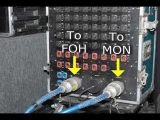Multi-track for Film
: film, multi-track
Multi-track for Film
After World War II when Jack Mullin modified the German AEG Magnetophone and rebranded it the Ampex 200, that tape recorder was used to record much of the dialog for films. In the 1950s Stephan Kudelski introduced his Nagra tape recorder, which was much smaller, and that became the industry standard for recording Nagra as well as the Ampex 200 were either mono or stereo, so the dialog from all for the actors had to be mixed live during production. This was not a problem when the sound mixer and boom operator could follow a script. They would know which actor would be speaking and when, so that they could reposition the booms and adjust the levels of the mics , in the 1970s director Robert Altman and others often worked with actors where the dialog was more extemporaneous, meaning that the actors improvised their lines. Working this way, the sound crew had no idea which actor would be speaking at any time. To be able to get good presence on all of the actors, Altman used a 1″ analog 8-track, so that each actor could be recorded separately. Later the sound department would have to sort out whichever actor was speaking. It meant more work in post-production, but having a each actor on a separate track eliminated the bleed from the other mics, and the dialog presence dramatically increased. Today, Altman’s multi-track technique is used on almost all films and television shows.
